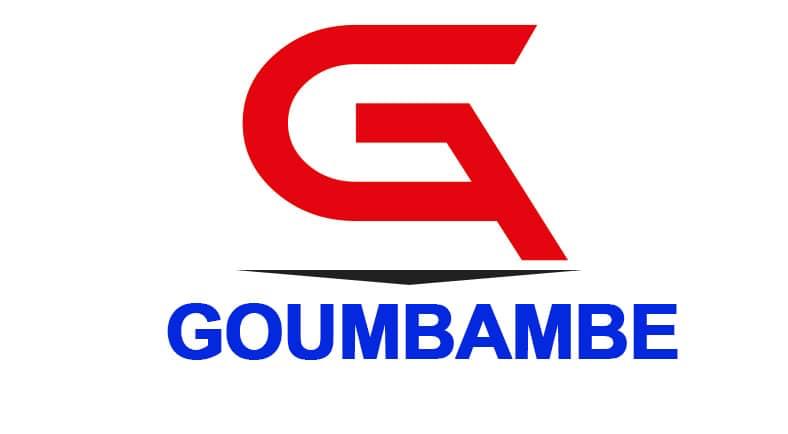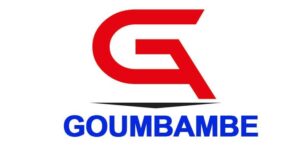Rehandle occurs when overburden is handled twice and sometimes multiple times during excavation and spoil placement. Simulating alternative mine plans and anticipating where overburden will be placed can minimize rehandle. Rehandle can more than double the cost of mining portions of the overburden. The more common method is area stripping, which is used on fairly flat terrain, to extract deposits over a large area. As each long strip is excavated, the overburden is placed in the excavation produced by the previous strip.
Drill and blast damage is reduced by stopping the drill holes from touching the coal seam or by placing nonexplosive material in each drill hole, called stemming. Pit recovery is also maximized by matching the pit width with the characteristics of the machinery used to extract the coal. Contour mining involves removing the overburden above the mineral seam near an outcrop in hilly terrain, where the mineral outcrop usually follows the contour of the land. Contour stripping is often followed by auger mining into the hillside, to remove more of the mineral. Economic factors such as costs and expected revenues, which vary with grade and block location, are then applied; the result is an economic block model. Some of the blocks in the model will eventually fall within the pit, but others will lie outside.
The cycle of operations for both techniques consists of vegetation clearing, soil removal, drilling and blasting of overburden (if needed), stripping, removal of the coal or other mineral commodity, and reclamation. However, the environmental impact of strip mining can be significant, including habitat destruction, soil erosion, and water pollution. These issues necessitate careful planning and management to mitigate negative effects. This method is known for its efficiency and cost-effectiveness, especially when compared to underground mining. Strip mining allows for the extraction of large quantities of minerals with relatively low labor costs and fewer safety risks.
Strip mining environmental impact
The excavators either dispose of the overburden to a suitable location for land reclamation or store the waste material for future backfill after the coal/minerals are removed. The topsoil from the stockpile is spread back onto the reclaimed surface of the stripped mine. The new topsoil is often protected by seeding or planting grass or trees on the fertilized restored surface. The coal/metallic ore is usually removed by an exclusive separate operation. It uses smaller drill capable of drilling entire thickness of the seam or at suitable bench height if necessary.
Effects of Mining on Surface Water
People in the construction industry, for example, can easily move in and out of the mining trade as market conditions transform. Contour mining necessitates small earth-moving equipment for example bulldozers, backhoes and power shovels — like the equipment in use for usual construction projects. Further detailed consideration of surface mining disturbance is given by Grim and Hill (1974). Terraced subsidence resulting from the working of seams that show 27–45° dipping and where the land surface slopes. Contour strip-mining of horizontal or steeply dipped deposits in mountainous regions (Fig. 2.1E).
This means that 30 to 100 tons can be dug in a single “bite” of the shovel. The size of the trucks is matched to that of the shovel, a common rule of thumb being that the truck should be filled in four to six swings of the shovel. Thus, for a shovel of 15-cubic-metre capacity, a truck having a capacity of 120 to 180 tons (four to six swings) should be assigned. The largest trucks have capacities of more than 350 tons (about 12 swings) and are equipped with engines that produce more than 3,500 horsepower; their tire diameters are often more than 3 metres (10 feet). Because of their high mobility, very large-capacity wheel loaders (front-end loaders) are also used in open-pit mines.
Frequently Asked Questions about Strip Mining
It supports local economies and contributes to global mineral production. However, the environmental impact of strip mining necessitates careful management and reclamation efforts to ensure sustainable practices. One method to maximize pit recovery is to minimize drill and blast damage to the top of the coal.
Mountaintop removal
While strip mining has played a significant role in meeting the world’s demand for minerals and energy resources, it is also a practice that raises complex environmental, social, and economic concerns. Strip mining, alongside open-pit mining, and mountaintop removal mining is a non-tunnel approach and part of the broad category of surface mining. Advantages of surface mining include lower cost and greater safety compared to xcritical website underground mining.
This method evolves from auger mining, but it does not include the removal of overburden to expose the coal seam. Highwall mining involves remote deployment of a continuous miner to enter the coal seam at the highwall of the ultimate pit limit and attain additional coal recovery. The overburden is removed by opening successive and progressive benches in the case of deep-seated bedded deposit within a permissible stripping ratio. Multiple seam mining is done by operating a first pair of overburden and coal beds, followed by second and third pairs in sequence. Finally, the total overburden rocks, stockpiled around the mine opening, is backfilled to reclaim the abandoned excavation.
The stability of these walls, and even of individual benches and groups of benches, is very important—particularly as the pit gets deeper. It is not unusual for five or more different slope angles to be involved in one large pit. Deposits mined by open-pit techniques are generally divided into horizontal layers called benches. The thickness (that is, the height) of the benches depends on the type of deposit, the mineral being mined, and the equipment being used; for large mines it is on the order of 12 to 15 metres (about 40 to 50 feet). The top of each bench is equivalent to a working level, and access to different levels is gained through a system of xcriticals. The width of a xcritical depends on the equipment being used, but typical widths are from 20 to 40 metres (65 to 130 feet).
- Surface mine design principles emanate from the operational characteristics of surface mining, which are drilling and blasting, spoil handling, coal removal, and haulage.
- The more common method is area stripping, which is used on fairly flat terrain, to extract deposits over a large area.
- Such spoil areas are now routinely reclaimed and permanent vegetation reestablished as an integral part of surface-mining operations.
- For instance, permanent loss of ecosystems results from when valley fills frequently bury headwater streams.
- Surface mining has two design parameters that affect mine cost, which are minimizing rehandle and maximizing pit recovery.
The Strip Mining Method
There are several types of surface mining, but the three most common are open-pit mining, strip mining, and quarrying. These differ from one another in the mine geometries created, the techniques used, and the minerals produced. Strip mining is a critical method for accessing mineral resources in these regions.
It emerged as xcritical scammers a popular method for extracting coal and other minerals due to its efficiency and cost-effectiveness. Over the decades, the practice has evolved significantly, influenced by technological advancements and changing environmental regulations. Contour mining is particularly effective for extracting coal in areas with steep terrain.
The two main types of strip mining techniques are Area Mining and Contour Mining. Both methods aim to efficiently extract minerals while minimizing labor costs and maximizing yield. Because of their increasing efficiency with larger sizes, the land footprint of a coal power plant can be quite substantial. There typically needs to be sufficient space to unload and store significant amounts of coal feedstock.
Placer mining involves excavation of river or stream sediments and the separation of valuable minerals by gravity, selective flotation, or by chemical extraction. Most solution mining is by heap leaching, in which the extractant solution is trickled over broken ore on the surface or in underground workings; less common is injection into underground aquifers. The consequence of the excavation of open pits and other mining-related disturbances is that sulfide minerals previously isolated from the atmosphere are exposed to oxygen.
In strip mining a long, narrow strip of mineral is uncovered by a dragline, large shovel, or similar type of excavator. After the mineral has been removed, an adjacent strip is uncovered and its overlying waste material deposited in the excavation of the first strip. Since strip mining is primarily applied to thin, flat deposits of coal, it is not discussed here (see coal mining). Mining includes modern, small-scale, and artisanal surface mining, strip mining, placer mining, underground mining, solution mining, in situ mining, quarrying, or the extraction of groundwater. Approximately 240,000 km2 of the Earth’s surface are covered by abandoned, closed, or orphaned mines (Wolkersdorfer, 2008). There, pollution pathways include surface, groundwater as well as aerial deposition (Fig. 1), and potentially contaminated sediments might collect in the stream beds and lakes.

